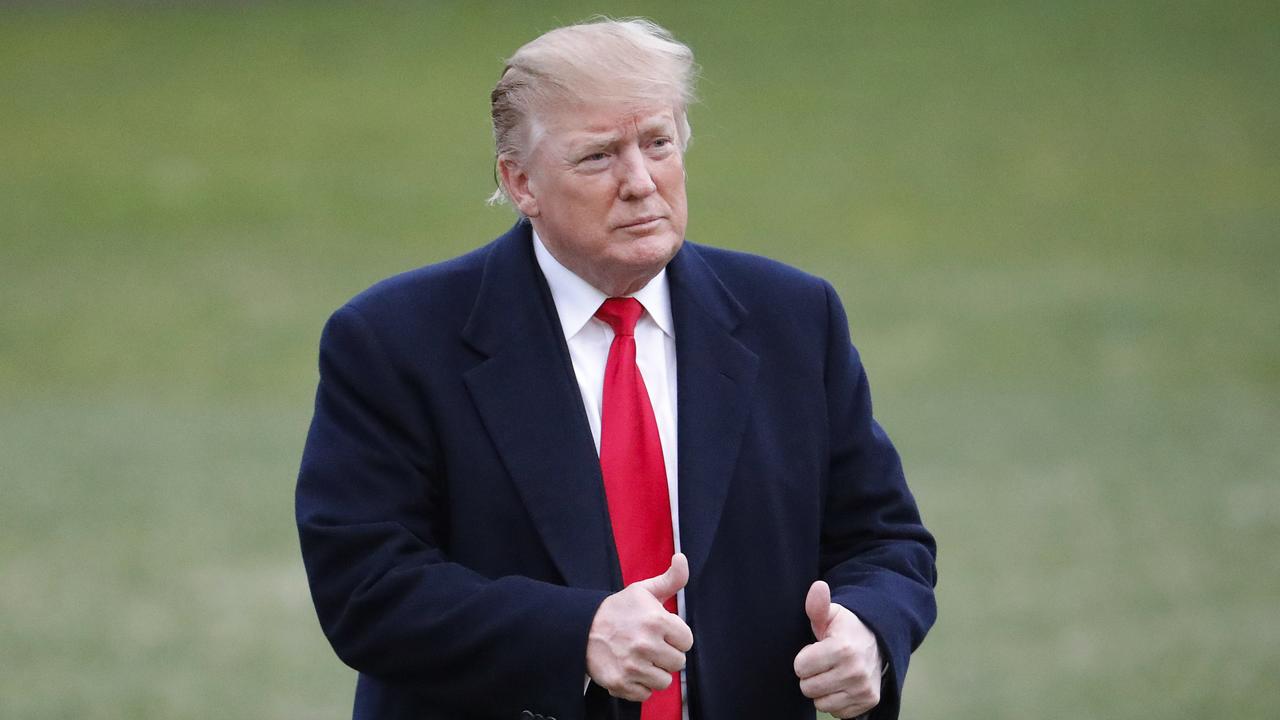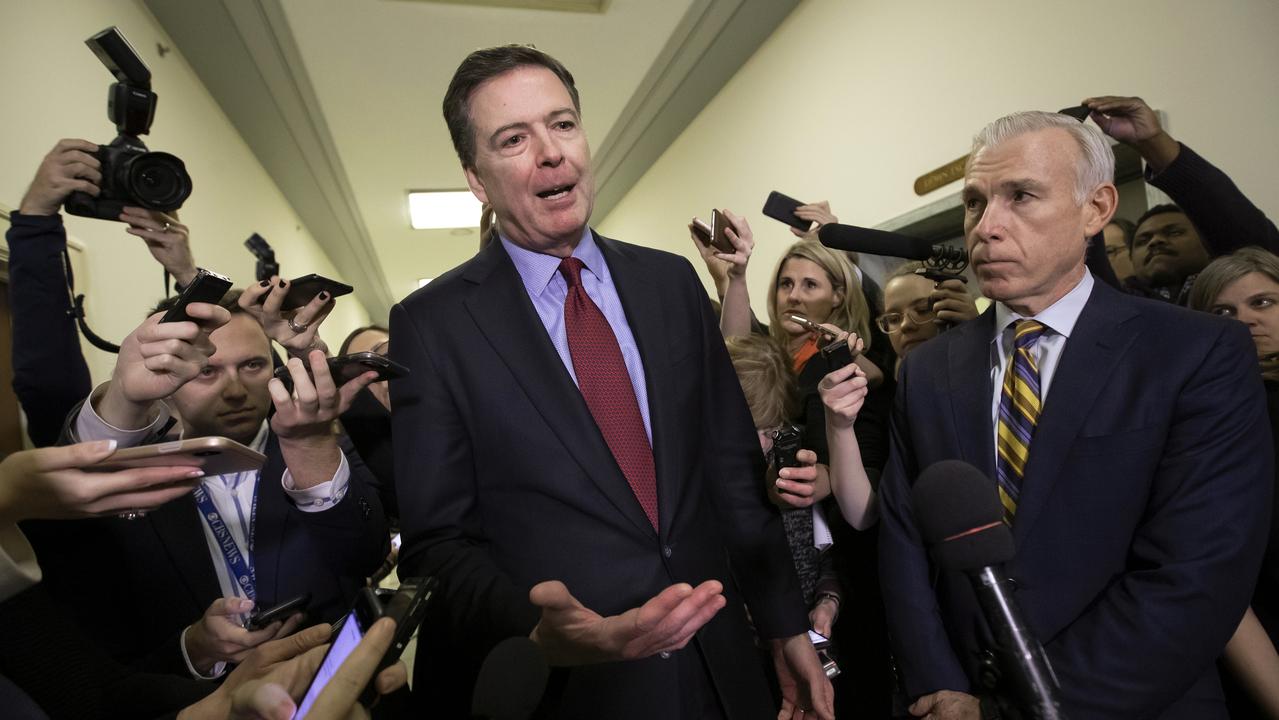Emissions fund puts Australia in line with Kyoto
THE Carbon Farming Initiative is a voluntary carbon sequestration scheme administered by the Australian government, which will remain in place if the carbon tax is scrapped later this year.

THE Carbon Farming Initiative is a voluntary carbon sequestration scheme administered by the Australian government, which will remain in place if the carbon tax is scrapped later this year.
It enables farmers and landholders to earn extra income by storing carbon, usually as wood, organic matter or charcoal in vegetation and soils, and will be a central plank of the Abbott government’s Direct Action plan to address climate change through its $2.55 billion Emissions Reduction Fund.
Farmers can also earn extra cash by reducing carbon emissions through changed agricultural and land management practices, such as abandoning planned logging of plantation stands or native trees, capturing methane from piggery and dairy-shed manure effluent or reducing controlled burn-off fires.
All these actions are called carbon farming.
Under the Labor government’s CFI scheme, the carbon credits generated by farmers, known as Australian Carbon Credit Units and expressed in tonnes of carbon stored, saved or not emitted per hectare, could then be sold to major carbon emitters.
The motivation for businesses and big manufacturers to buy carbon stored by farmers was that they were either forced to do so by mandatory legislative requirements or because they wanted to be seen as good corporate citizens.
But the Direct Action plan of the Abbott government switches the focus of carbon policy away from farmers and corporations to the commonwealth.
Instead of forcing corporations to offset their carbon liability by funding carbon storage, the government has budgeted $1.55bn over the next three years to build its Emissions Reduction Fund. (Another $1bn is expected to be allocated in next year’s budget to flow into the fund in 2018-19).
The $2.55bn ERF pool will be responsible for buying the 421 million tonnes of carbon emissions needed to be cut out of Australia’s total carbon pollution output to meet the target set under the international Kyoto Protocol.
Environment Minister Greg Hunt tells The Australian he expects most of this $2.55bn to flow to farmers through the revamped CFI.
In auctions run at least four times a year by the Clean Energy Regulator, farmers and other entities can submit tenders to sell their verified carbon credits back to the government.
“We will buy the abatement and take it out of the system to meet our international obligations,” Hunt says.
“It’s an auction, a commercial tender, just as the commonwealth bought water back from irrigators to return the required amount of water to the environment under the Murray-Darling Basin plan, we will now be doing the same thing with carbon abatement.”


